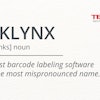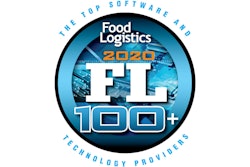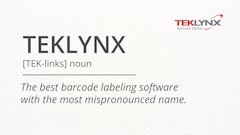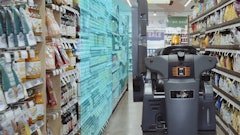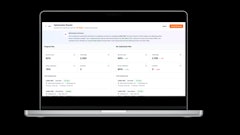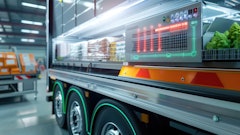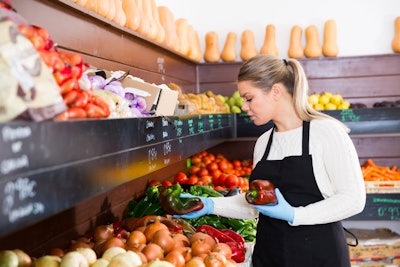
In the retail grocery business, it isn’t easy to manage produce items on the shelves – keeping apples at their peak freshness, or the right assortment of cucumbers. Grocery chains everywhere struggle to predict their perishable needs, but Harris Farm Markets, a grocery retailer in New South Wales, Australia, has faced especially challenging circumstances. First, wildfires made obtaining supplies unpredictable, and then COVID drove sudden spikes in demand. All this made the difficult task of demand forecasting that much harder.
The genesis of Harris Farm is very much around fresh produce – which is about 50% of their business. With fresh produce being seasonal, and fluctuating often, the company relied on their teams in stores to determine when they needed to reorder and restock. However, the sheer scale of the task defies a manual approach. Harris Farm runs about 20,000 SKUs, or stock keeping units, with a subset of concurrent fresh produce running at 1200; Pink Lady apples have more than half a dozen SKUs of their own. Multiply that across the breadth of the produce sub-categories, and it becomes clear that a better approach to predicting produce demand was needed.
With over two dozen stores and an expanding geographic footprint, the chain needed a way to consistently meet consumers’ demand for variety and freshness. To solve this problem, Harris Farm turned to DataRobot to implement an artificial intelligence and machine learning platform that could generate accurate predictions, with minimal labor on the part of the IT team.
How It Works
The team at Harris Farm worked closely with DataRobot to put in place data-driven decision-making for the chain’s stocking operations, starting with a core subset of products and then improving to include additional demand forecasts.
DataRobot initially came online with around 100 AI models after a few months, focused primarily on demand forecasting for fresh produce. Predictions from these models are fed into a custom-built buyers’ app that Harris Farm had already been using, with the whole scoring pipeline set to automatically run in a two-hour window every night based on data from the previous day. Buyers can start buying at 2 a.m., and stock arrives in store in time for morning opening. A few months in, Harris Farm tweaked the model to target deployments by store, thus allowing the chain to turn off deployments for a store that might be undergoing renovations, for example.
In total, this has resulted in 400 deployments for demand and 30 for customer-number forecasts, using 25 individual models for hourly numbers and five clustered models for daily numbers. The net result: more accurate predictions and a vastly increased capacity to manage perishable inventory.
The Value of an AI Platform
The powerful analytic and predictive capabilities AI provides has helped Harris Farm cope with a steadily rising SKU count, something that had increased complexity in recent years. In addition, wastage has declined significantly, which has reduced costs and improved profits.
While the platform can support the needs of highly specialized data scientists, it’s simple enough for a
non-scientist to get the necessary outputs and resources are available if the IT team ever needs help or has questions. Additionally, because the platform is cloud-based, Harris Farms always has access to the latest tool and updates.
Predicting Results
With DataRobot’s outputs laid into the grocery chain’s own internal dashboard, Harris Farm has been able to generate more accurate and timely predictions. Even before an emerging trend has become evident to experienced buyers, the data will surface the change and drive action.
While Harris Farm initially wanted deeper data-driven insights around produce, the grocer has also used the same methodologies to better understand customer behaviors. For example, if 200 cars suddenly turn up at a given store, DataRobot’s predictive capability could help drive ground-level response to that sudden and unexpected business need.
Various team members across the business have stepped up to help improve the outputs. They’re feeding in a wider breadth of data around the customer experience and the quality of produce. As the data mindset takes hold across the enterprise, the models steadily improve, and Harris Farm becomes more prepared than ever before to take on the next challenge.


